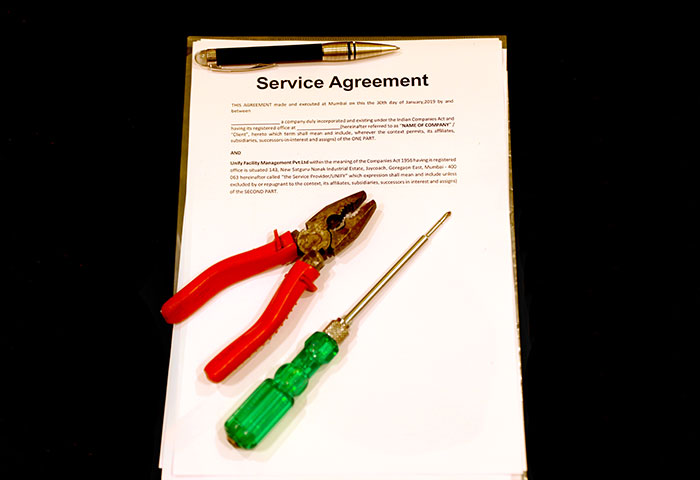Implementing E-invoicing? Here's How To Get Your Business Ready

Tags: b2b e-invoicing
With the official announcement of e-invoicing, businesses with a turnover of ₹ 500 cr and above are already set to step into the world of B2B e-invoicing. On the other hand, some organisations are in the process of transitioning into e-invoicing irrespective of the mandate. In either case, it’s best to have a plan at hand to transition smoothly from contemporary methods of invoicing to digital or e-invoicing method.
B2B e-invoicing may not be for every organisation yet. However, as per Finance Secretary, Ajay Bhushan Pandey, every B2B organisation will be asked to roll in e-invoicing by April 2021. So, whether you are an organisation that comes under the category of the current e-invoicing mandate or an organisation preparing for 2021, here’s what you need to ensure before initiating B2B e-invoicing.
Determine Your Organisation’s Readiness for E-invoicing
E-invoicing is a completely new term for most B2B organisations. Hence, it’s important to ask yourself a few questions or prepare a checklist before incorporating it into your processes. Firstly, have internal discussions regarding the teams to be included to track the e-invoicing cycle once initiated. Ensure that the departments and employees you have shortlisted for handling and tracking the process are well-versed with the prime aspects of e-invoicing. If not, make sure they have access to the right resources to get themselves trained. Most importantly, make sure that your ERP systems are integrated with e-invoice schema.

Communicate Your E-invoicing Plans to Clients
Keep your clients updated towards where you are heading. Whether you are incorporating e-invoicing in your processes today or in 2021, your clients must be made aware of your decisions. If possible, try to persuade them into adopting e-invoicing since it may greatly benefit both the parties. The benefits may include elevated organisational operations, improved productivity, smooth invoicing cycle, etc.
Familiarise Employees with E-invoice Nitty-gritties
Generating e-invoice may be a little hectic in the start due to a drastic change in the invoice processes. However, it’s important to familiarise yourself and your employees with the nitty-gritties. For example, B2B e-invoicing now will undergo three steps - the e-invoice schema, masters, and e-invoice template. Employees responsible for looking after the process should familiarise themselves with all these parts. Apart from that, they must ensure that all the core fields are being filled out correctly. Missing out on even one important field can bring problems in your IRP (Invoice Registration Portal), and in turn, your tax returns.
Integrate Your ERP systems with E-invoicing Standards
Integrating e-invoicing standards into your existing ERP systems should, in fact, be your primary concern. If you have an API-based solution, the integration doesn’t take long. However, if you are using external software like Excel, it would take longer. The reason being, the data is fed automatically in API-based solutions; however, software like Excel needs manual updation/intervention. Although it is highly unlikely, but if you haven’t started the process already, it is recommended that you speed up the process of integrating e-invoicing into your ERP systems at the earliest. You can also get API-integration through GSP (GST Service Provider) approved by the government.

Find Vendors to Reorient ERP Systems
There is a possibility that your existing ERP system may not be compatible with e-invoicing. You need to confirm the same with your existing vendor. In case you are facing compatibility issues, find a new vendor to reorient your ERP systems as soon as possible. Moreover, do not just choose any vendor. Before appointing one, make sure that they are experienced and completely aware of the dynamics of invoicing and GST in India. Such vendors can efficiently reconfigure your existing ERP, provide you with timely updates, and extend support throughout your e-invoicing journey. Thus, it is essential to reorient your ERP systems with credible and experienced vendors.
Finally, all you need to do is launch and assess the performance of your e-invoicing system. It is completely understandable if you get confused. You can always seek help from your vendor. Getting accustomed to new processes may be a tedious process, and there are going to be many trips and falls. However, Unify Facility Management believes that all B2B organisations like us will overcome this eventually and step feet into this digital era.
